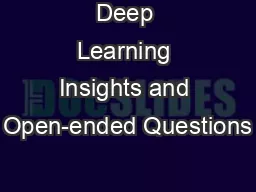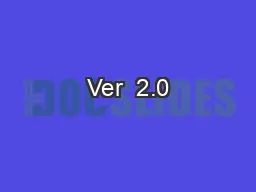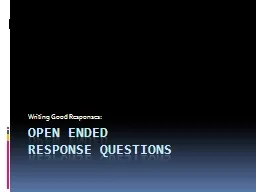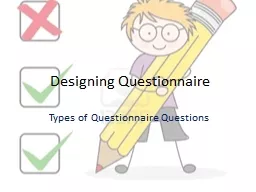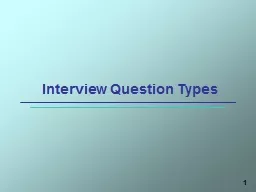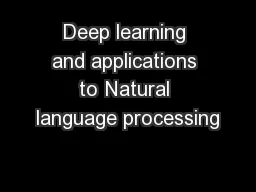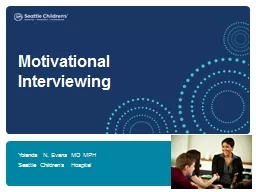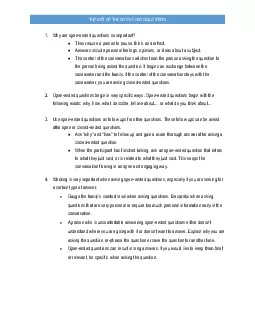PPT-Deep Learning Insights and Open-ended Questions
Author : giovanna-bartolotta | Published Date : 2018-03-20
CS 501CS Seminar Min Xian Assistant Professor Department of Computer Science University of Idaho Image from NVIDIA Researchers Geoff Hinton Yann LeCun Andrew Ng
Presentation Embed Code
Download Presentation
Download Presentation The PPT/PDF document "Deep Learning Insights and Open-ended Qu..." is the property of its rightful owner. Permission is granted to download and print the materials on this website for personal, non-commercial use only, and to display it on your personal computer provided you do not modify the materials and that you retain all copyright notices contained in the materials. By downloading content from our website, you accept the terms of this agreement.
Deep Learning Insights and Open-ended Questions: Transcript
Download Rules Of Document
"Deep Learning Insights and Open-ended Questions"The content belongs to its owner. You may download and print it for personal use, without modification, and keep all copyright notices. By downloading, you agree to these terms.
Related Documents

